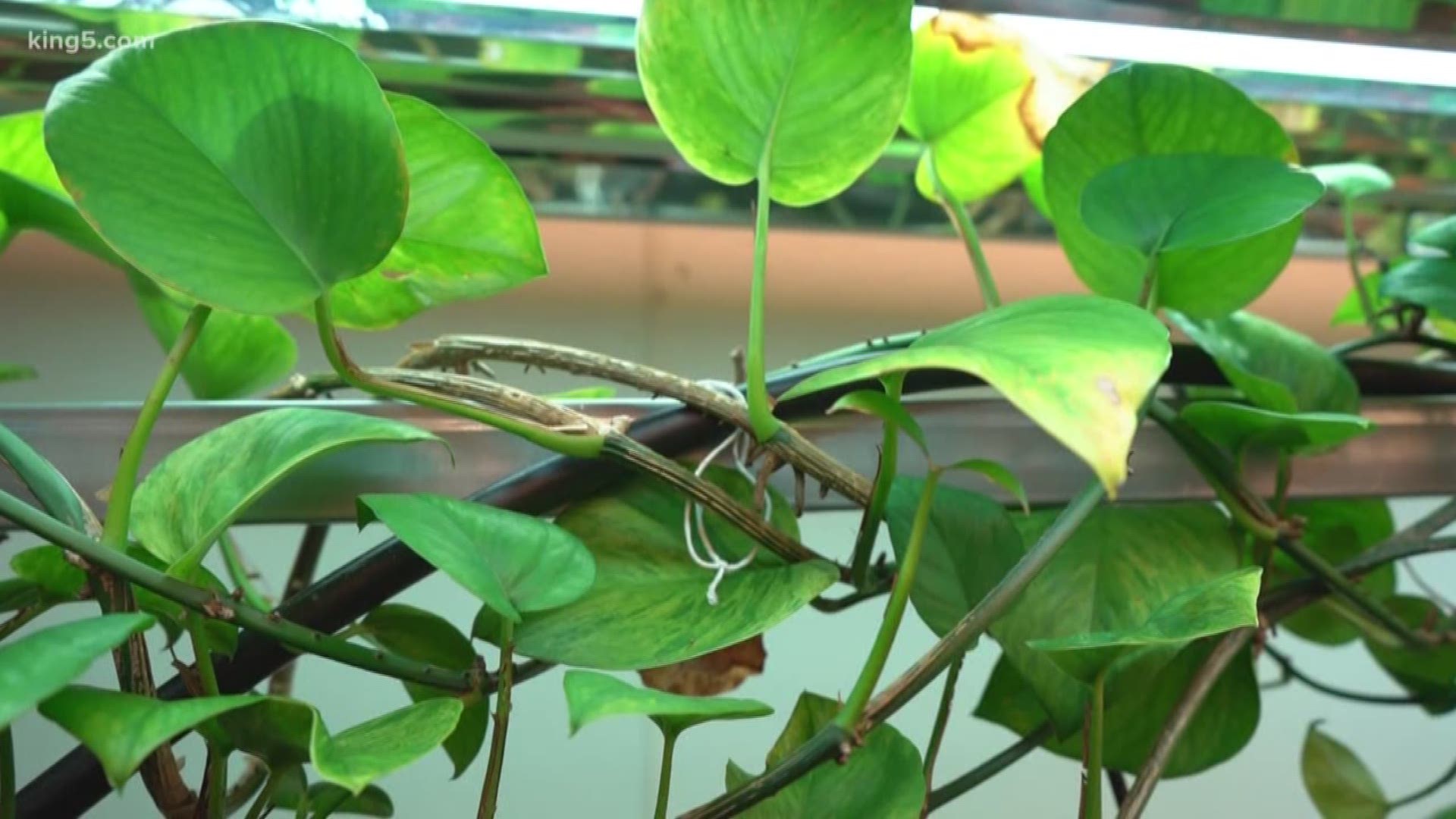Scientists at the University of Washington have genetically engineered a houseplant that can clean carcinogenic chemicals from the air. The compounds are too small for conventional air filters to trap.
Molecules like chloroform or benzene build up in homes when water is heated, or when fuel is stored in cars or lawn mowers in attached garages. Exposure to both chemicals has been linked to cancer.
The UW researchers used a mammalian gene from rabbits to genetically modify a common houseplant, pothos ivy, so it will remove chloroform and benzene from the air around it. The modified plants express a protein, called 2E1, that transforms these compounds into molecules that the plants can then use to support their own growth.
"People haven't really been talking about these hazardous organic compounds in homes, and I think that's because we couldn't do anything about them," said senior author Stuart Strand, who is a research professor in the UW's Civil and Environmental Engineering department. "Now we've engineered houseplants to remove these pollutants for us."
When tested, the modified plants reduced chloroform in the air by 82 percent after three days, and it was almost undetectable by the sixth day. The concentration of benzene also decreased, but more slowly. After eight days, the benzene concentration had dropped by about 75 percent.
"This whole process took more than two years," said lead author Long Zhang, who is a research scientist in the Civil and Environmental Engineering department. "That is a long time, compared to other lab plants, which might only take a few months. But we wanted to do this in pothos because it's a robust houseplant that grows well under all sort of conditions."
The team published its findings December 19 in Environmental Science & Technology.
There is one caveat. The plants need to be inside an enclosure with something to move air past their leaves, like a fan. Strand has developed a system using a wooden box with glass doors to allow light inside, with a fan on one side to suck air through it.
"These are all stable compounds, so it's really hard to get rid of them," Strand said. "Without proteins to break down these molecules, we'd have to use high-energy processes to do it. It's so much simpler and more sustainable to put these proteins all together in a houseplant."

